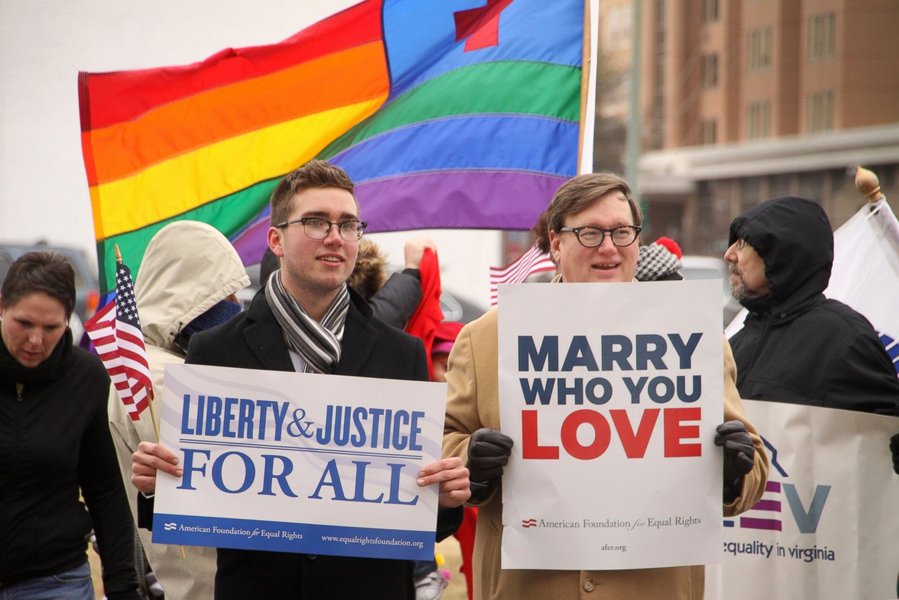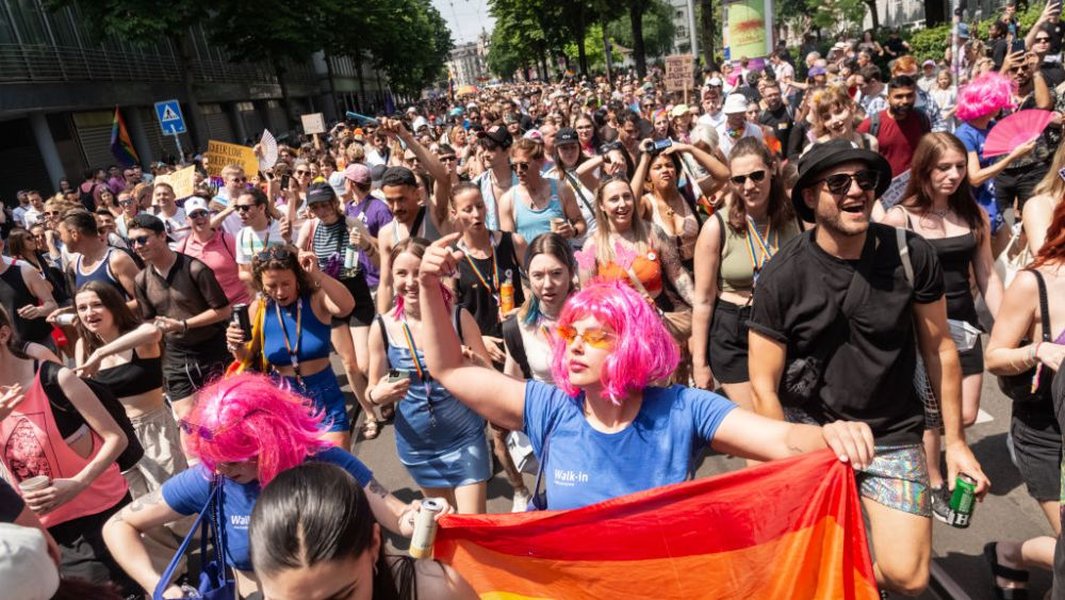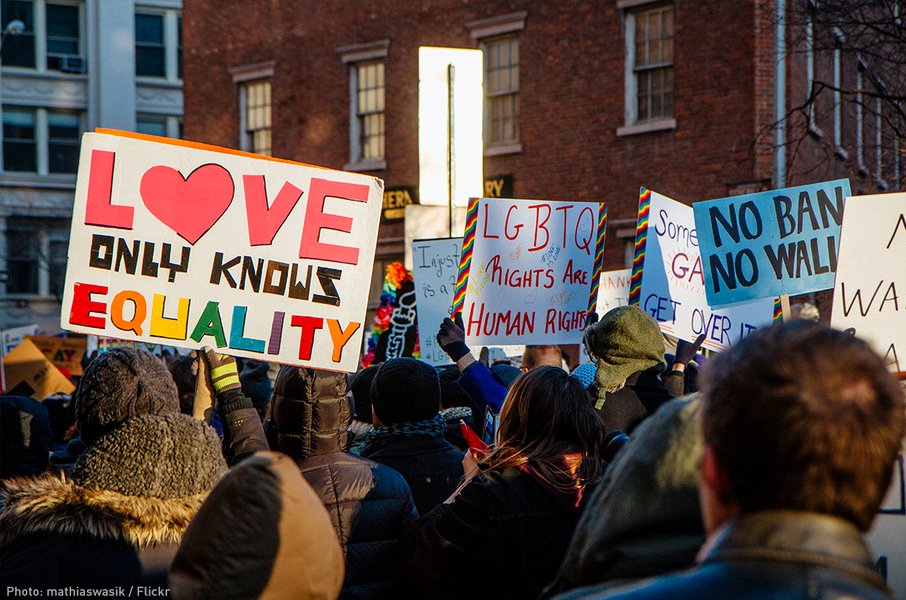
The Global Landscape of LGBTQ+ Acceptance and Rights: A 2025 Snapshot
Understanding the complex tapestry of LGBTQ+ experiences, laws, and social attitudes across the world.
(Interpreting "gae" as "gay" based on common usage and search context)
The question of "how gay the world is" delves into a multifaceted reality encompassing demographics, legal frameworks, social acceptance, and the lived experiences of lesbian, gay, bisexual, transgender, queer, and other gender and sexual minority (LGBTQ+) individuals globally. As of April 27, 2025, the world presents a complex picture: significant progress coexists with severe repression, and growing visibility contrasts with persistent challenges.
Key Insights
- Demographic Presence: While precise global figures are challenging to obtain due to stigma and varying survey methodologies, estimates suggest around 10-11% of the global population identifies somewhere on the LGBTQ+ spectrum.
- Legal Dichotomy: As of early 2025, 38 countries legally recognize same-sex marriage, signaling growing legal equality in many regions. Conversely, 64 countries still criminalize consensual same-sex activity, with extreme penalties, including the death penalty, applicable in a few nations.
- Acceptance Spectrum: Social acceptance varies dramatically, with Northern and Western Europe, Canada, and parts of the Americas showing high levels (often over 90%), while acceptance remains significantly lower, though gradually increasing, in many parts of Africa, Asia, and Eastern Europe.
Understanding LGBTQ+ Demographics Worldwide
How many people identify as LGBTQ+?
Pinpointing the exact global percentage of LGBTQ+ individuals is inherently difficult. Social stigma, legal risks in many countries, and diverse cultural understandings of sexual orientation and gender identity mean that many people may not disclose their identities, even in anonymous surveys. However, aggregated data provides some estimates:
- Broad Estimates: Compilations of numerous surveys, such as those analyzed by the Williams Institute and Statista, suggest that approximately 10-11% of people globally may identify as lesbian, gay, bisexual, transgender, or otherwise non-heterosexual/non-cisgender.
- Specific Identities: Within this broader group, specific identity breakdowns vary. For instance, some cross-national surveys indicate around 3% identify specifically as homosexual (gay or lesbian), with larger percentages often identifying as bisexual or pansexual.
- Reporting Variations: Self-identification rates tend to be higher in countries with greater social acceptance and legal protections, suggesting that reported numbers may underestimate the true prevalence in less accepting environments.
The Global Legal Maze for LGBTQ+ People
A World of Contrasting Laws
The legal status of LGBTQ+ individuals is perhaps the most stark indicator of global disparities. Rights range from full constitutional equality in some nations to state-sanctioned persecution in others.
Marriage Equality and Relationship Recognition
A significant marker of progress has been the spread of marriage equality. As of early 2025:
- 38 countries have legalized same-sex marriage nationwide. This includes countries across continents, such as Canada, Argentina, South Africa, Australia, Taiwan, the Netherlands, Spain, and the United States.
- These laws often grant same-sex couples equal rights concerning inheritance, taxation, adoption, and healthcare decisions.
- Some additional countries offer other forms of legal recognition, like civil unions or registered partnerships, which may provide some but not all rights associated with marriage.

Same-sex marriage legalization represents a major step towards equality in many countries.
Criminalization of Same-Sex Relations
Despite progress, consensual same-sex sexual activity remains illegal in a significant number of countries:
- 64 countries maintain laws criminalizing same-sex relations, often legacies of colonial rule.
- Penalties vary widely, from fines and short prison sentences to life imprisonment.
- Extreme Penalties: In a handful of countries, the death penalty remains a possible punishment for consensual same-sex acts. As of 2025, Iran and Afghanistan are believed to actively enforce it. While legally possible in Mauritania, Saudi Arabia, Somalia (Jubaland region), and the UAE, its application is reportedly rare or unenforced for consensual acts in recent years. Brunei Darussalam also has the death penalty by stoning in its penal code, though currently under a moratorium.
- These laws create environments of fear, driving LGBTQ+ individuals underground and hindering access to essential services like healthcare.
Transgender Rights and Protections
The legal situation for transgender individuals also varies:
- Legal Gender Recognition: Procedures for changing legal gender markers exist in many countries, particularly in Europe and the Americas, though requirements can be burdensome (e.g., requiring surgery or sterilization). About 30 countries have relatively accessible processes.
- Criminalization: In some nations, transgender people are targeted under laws criminalizing "cross-dressing," "impersonation," or public order offenses. Vague morality laws are also sometimes used to persecute trans individuals.
- Healthcare Access: Access to gender-affirming care (like hormone therapy and surgeries) is often limited by legal barriers, cost, and lack of trained providers, even where it's technically legal.
Anti-Discrimination Laws and Censorship
- Protections: Many countries, particularly within the EU, North America, and parts of Latin America, have enacted laws protecting LGBTQ+ individuals from discrimination in areas like employment, housing, and public services. However, the scope and enforcement of these protections vary.
- Censorship: Some countries have "propaganda" laws that restrict or ban the positive portrayal or discussion of LGBTQ+ issues, hindering education, advocacy, and visibility. Around 125 countries reportedly have no such censorship laws, allowing for freer expression.
Comparing Legal Frameworks: A Snapshot
The following table provides a simplified overview of the legal status concerning key LGBTQ+ issues in a selection of countries representing different global regions as of early 2025. Status can be complex and nuanced beyond these categories.
| Country | Region | Same-Sex Marriage | Same-Sex Activity Status | Broad Discrimination Protections (e.g., Employment) | Legal Gender Recognition |
|---|---|---|---|---|---|
| Canada | North America | Legal (Nationwide) | Legal | Yes (Federal & Provincial) | Yes (Relatively accessible) |
| Netherlands | Western Europe | Legal (Nationwide) | Legal | Yes (Comprehensive) | Yes (Accessible) |
| Argentina | South America | Legal (Nationwide) | Legal | Some Protections | Yes (Progressive, based on self-ID) |
| South Africa | Africa | Legal (Nationwide) | Legal | Yes (Constitutional) | Yes (Process exists) |
| Japan | Asia | Not Legal (Some regional partnership recognition) | Legal | Limited / Regional | Yes (Requires surgery/sterilization) |
| Russia | Eastern Europe | Not Legal | Legal (but 'propaganda' law restricts expression) | No | Highly Restricted / Difficult |
| Iran | Middle East | Not Legal | Illegal (Death Penalty possible) | No | Yes (but complex social/legal context, often tied to mandatory surgery) |
| Uganda | Africa | Not Legal | Illegal (Severe penalties including life imprisonment/death penalty for 'aggravated homosexuality') | No | No |
Social Acceptance: Attitudes Around the Globe
Measuring How Welcoming the World Is
Legal rights are only part of the story; social acceptance significantly shapes the daily lives and well-being of LGBTQ+ individuals. Global surveys reveal vast differences in public opinion.

Pride parades celebrate LGBTQ+ identity and advocate for rights, often reflecting levels of social acceptance.
Highest and Lowest Acceptance
- High Acceptance Leaders: Countries consistently ranking highest in acceptance (often above 90% believing homosexuality should be accepted) include Iceland, the Netherlands, Sweden, Norway, Canada, Spain, and Germany, primarily concentrated in Western Europe and North America.
- Lower Acceptance Regions: Acceptance tends to be lower in many parts of Africa, the Middle East, and Southeast Asia, as well as some countries in Eastern Europe. Religious conservatism and traditional cultural norms often correlate with lower acceptance rates.
- The Global Divide: Data from Pew Research Center and the Williams Institute's Global Acceptance Index highlight this stark divide, though trends generally show increasing acceptance over time, even in less tolerant regions, albeit slowly.
Factors Influencing Acceptance
Several factors correlate with levels of social acceptance:
- Economic Development: Wealthier nations tend to exhibit higher acceptance levels.
- Secularism: Countries where religion plays a less dominant role in public life often show greater acceptance.
- Education: Higher levels of education generally correlate with more positive attitudes.
- Visibility: Increased visibility of LGBTQ+ people in society and media can foster understanding and acceptance.
- Legal Rights: Legal protections often go hand-in-hand with social acceptance, potentially influencing each other.
Visualizing Regional Differences in LGBTQ+ Climate
The following chart offers a hypothetical visualization of the general climate for LGBTQ+ individuals across different world regions based on synthesized data regarding legal rights, social acceptance, and safety. Scores are illustrative (1=Very Poor, 10=Very Good) and represent broad regional averages, acknowledging significant variations within regions.
Global Progress and Ongoing Challenges
Are LGBTQ+ Rights Advancing or Declining?
The global picture of LGBTQ+ rights is dynamic. While the long-term trend shows significant progress in legal recognition and social acceptance in many parts of the world, there are also concerning counter-movements and persistent challenges.
This video discusses the global progress and potential setbacks for LGBTQ+ rights, reflecting the complex dynamics at play.
The embedded video features former U.S. Global AIDS Coordinator Ambassador Mark Dybul discussing the trajectory of LGBTQ+ rights globally. It touches upon the advancements made but also highlights areas where progress has stalled or reversed, emphasizing the non-linear nature of human rights movements. Factors like political shifts, backlash from conservative groups, and the misuse of 'traditional values' rhetoric contribute to these challenges.
- Backlash and Regression: In recent years, some countries have seen rollbacks in protections or the introduction of new discriminatory laws (e.g., severe anti-homosexuality laws in Uganda, 'LGBT propaganda' laws in Russia, numerous anti-trans bills in parts of the US).
- Violence and Discrimination: Even where laws are protective, LGBTQ+ individuals face high rates of violence, harassment, and discrimination in daily life, including in employment, housing, healthcare, and education.
- Workplace Barriers: Reports, such as one by Coqual, continue to expose significant barriers for LGBTQ+ professionals globally, indicating that legal equality does not always translate into lived equality in the workplace.
- Intersectionality: LGBTQ+ individuals who also belong to other marginalized groups (e.g., based on race, religion, disability, or socioeconomic status) often face compounded discrimination.

Advocacy and activism remain crucial in pushing for LGBTQ+ rights and combating discrimination globally.
Mapping the Key Factors
A Mindmap Overview
This mindmap provides a visual summary of the core components discussed regarding the global status of LGBTQ+ people:
(W. Europe, N. America)"] id3b["Low Acceptance Regions
(Parts of Africa, Mid East, Asia, E. Europe)"] id3c["Increasing Global Trend (Uneven)"] id3d["Influencing Factors
(Wealth, Secularism, Education, Visibility)"] id4["Ongoing Challenges"] id4a["Discrimination & Violence"] id4b["Workplace Barriers"] id4c["Healthcare Access Issues"] id4d["Political Backlash / Regression"] id4e["Intersectionality"]
Frequently Asked Questions (FAQ)
What percentage of the world's population is LGBTQ+?
Estimating the exact percentage is challenging due to stigma and data limitations. However, aggregated global surveys suggest around 10-11% of people identify somewhere on the LGBTQ+ spectrum. Self-reported rates vary significantly by country, often correlating with levels of social acceptance and legal protection.
Which countries are the most and least accepting of LGBTQ+ people?
Countries like Iceland, the Netherlands, Sweden, Norway, and Canada consistently rank among the most accepting, with high public support and strong legal protections. Conversely, acceptance tends to be lowest in several countries in the Middle East, Africa, and parts of Asia and Eastern Europe, often correlating with criminalization laws and conservative social norms. However, attitudes are evolving globally.
How many countries have legalized same-sex marriage?
As of early 2025, 38 countries around the world have legalized same-sex marriage nationwide. This number reflects a growing trend towards legal recognition of same-sex relationships over the past two decades.
Is the world generally becoming more accepting of LGBTQ+ people?
Yes, global trends generally show an increase in social acceptance and legal rights for LGBTQ+ people over the long term. However, this progress is uneven and faces significant challenges. Some regions are advancing rapidly, while others lag behind or experience periods of backlash and regression. Increased visibility and advocacy play key roles in driving acceptance.
Recommended Reading
- Explore which countries offer the most comprehensive legal protections for LGBTQ+ individuals.
- Learn more about the methodologies and findings of the Global Acceptance Index regarding LGBTQ+ rights.
- Investigate the specific legal and social challenges faced by transgender and gender non-conforming people worldwide.
- Understand the historical roots and impact of colonial-era laws on the current criminalization of same-sex relations in many countries.
References
Last updated April 27, 2025